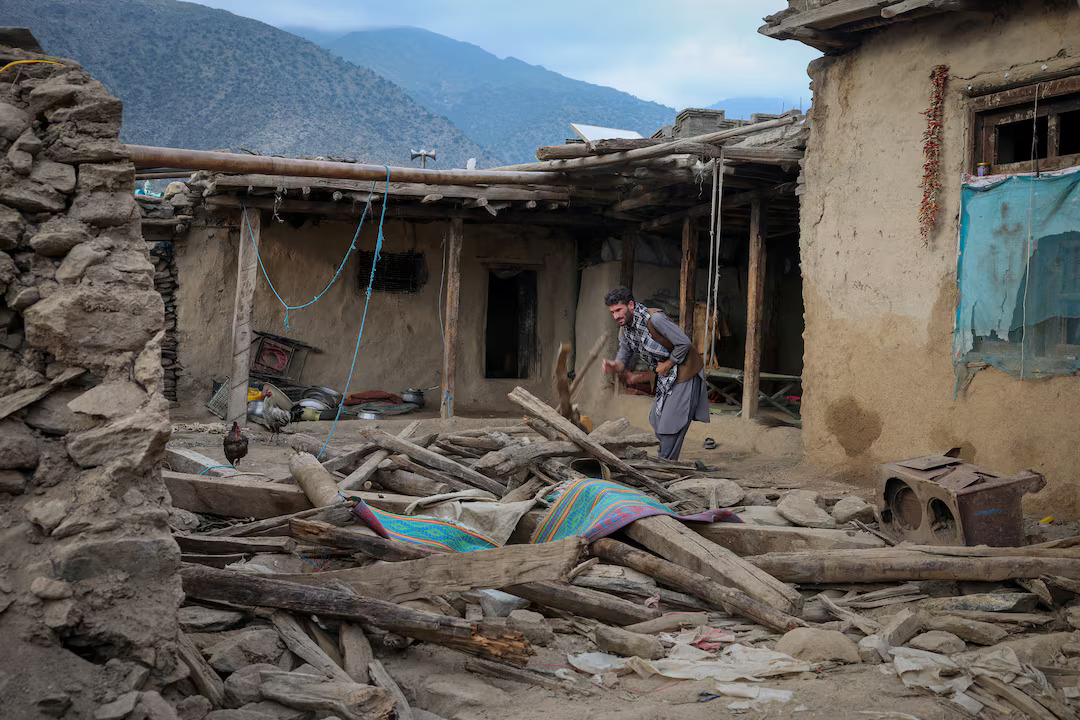Why is Afghanistan so prone to earthquakes?
Summary
Afghanistan experiences frequent and deadly earthquakes due to its location at the convergence of major tectonic plates, with vulnerable regions including Kabul and mountainous border areas. Efforts to reduce impact focus on resilient construction and improved monitoring.
Key Points
- Afghanistan experiences about 560 earthquake-related deaths on average annually and has suffered over 355 earthquakes above magnitude 5.0 since 1990.
- The country's seismic activity is due to its location at the convergence zone of the Eurasian, Indian, and Arabian tectonic plates.
- Eastern and northeastern regions, including Kabul, are particularly vulnerable to earthquakes, with damage costs estimated at $17 million yearly in Kabul alone.
- Recommendations to reduce earthquake impact include building earthquake-resistant structures, retrofitting existing buildings, and enhancing early warning systems and fault line mapping.
